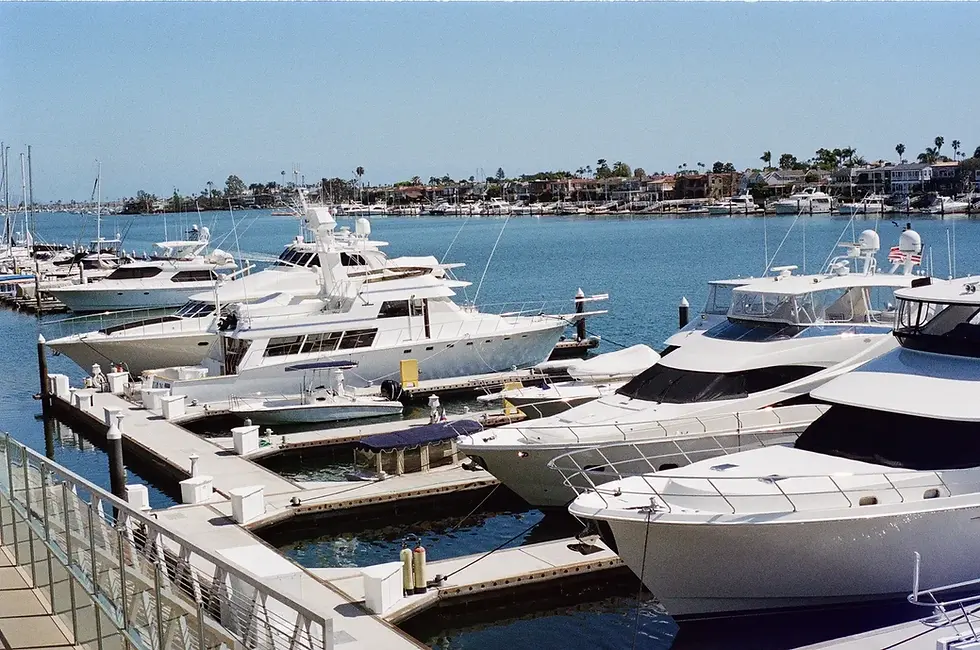Cleat Hitches: Controversy and Safety
- Scott Rainey

- Dec 31, 2024
- 2 min read
Updated: Jul 28
Docking your boat is a satisfying moment, but it's only truly complete with securely tied lines. One of the most crucial knots for boaters is the cleat hitch, yet many misunderstand its nuances. This leads to countless improperly tied lines, posing a safety risk to both boats and those on the dock.


The Cleat Hitch Controversy: Full Wrap vs. Partial Wrap
A common debate among boaters centers around the initial wrap around the cleat:
Full Wrap: The line encircles the cleat completely before forming the working end.
Pros: Can provide extra holding power, especially with smaller lines.
Cons: Can "bite" under load, making it extremely difficult to untie. This can be particularly dangerous in emergencies.
Partial Wrap: The line wraps only partially around the cleat before forming the working end.
Pros: Easier to untie under load, crucial in emergencies. Prevents excessive line pressure on the cleat.
Cons: May not provide sufficient holding power with undersized lines or on smaller cleats.
Best Practices:
Line Size Matters: If your line is significantly smaller than the cleat, a full wrap might be necessary for adequate holding power.
Standard Lines & Cleats: For most situations with appropriately sized lines and standard cleats, a partial wrap is generally recommended for its safety and ease of release.
"If You Can't Tie a Knot, Tie a Lot" is NOT the Answer: Overloading cleats with multiple lines increases the risk of line slippage and makes it extremely difficult to untangle lines in an emergency.
My Observations:
During a recent dock walk, I was dismayed to find that a significant number of boats had lines tied incorrectly. Many exhibited the "if you can't tie a knot, tie a lot" approach, creating a chaotic and potentially dangerous situation.
Key Takeaways:
Learn to tie the cleat hitch properly.
Understand the importance of the initial wrap.
Use appropriate line sizes.
Avoid overloading cleats.
The Basics:
Here are the steps involved in tying a cleat hitch:
Pass the end of the line through the loop in the cleat.
Wrap the line around the cleat once or twice.
Take the end of the line and pass it through the loop again.
Pull the end of the line tight to secure the knot.
Cleat hitches are relatively easy to tie, but it is important to practice them a few times to get the hang of them. Once you have mastered the cleat hitch, you will be able to use it to secure a variety of lines and objects.



Comments